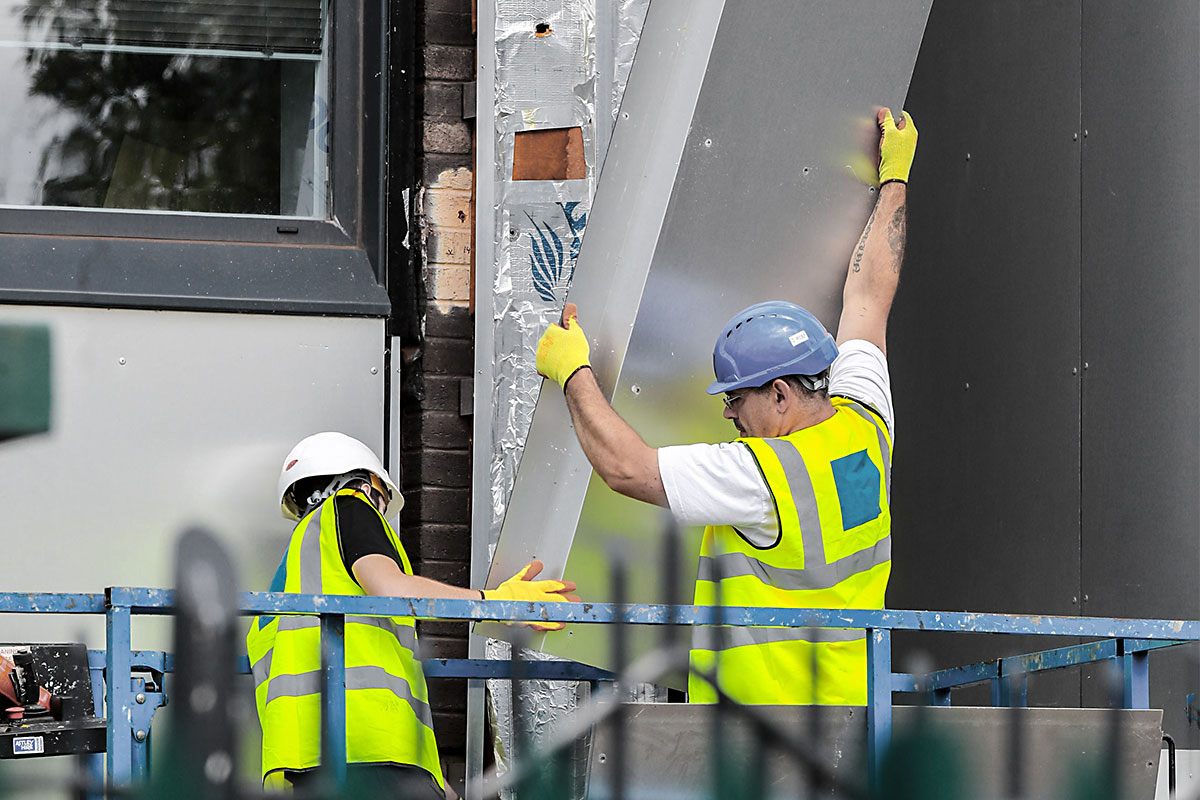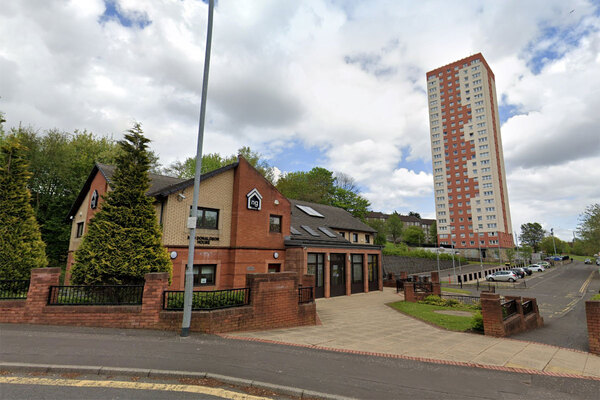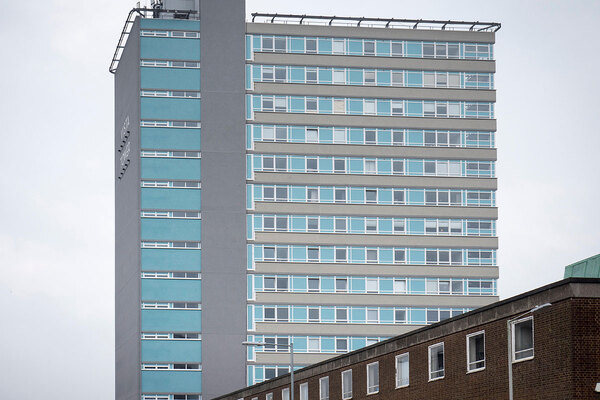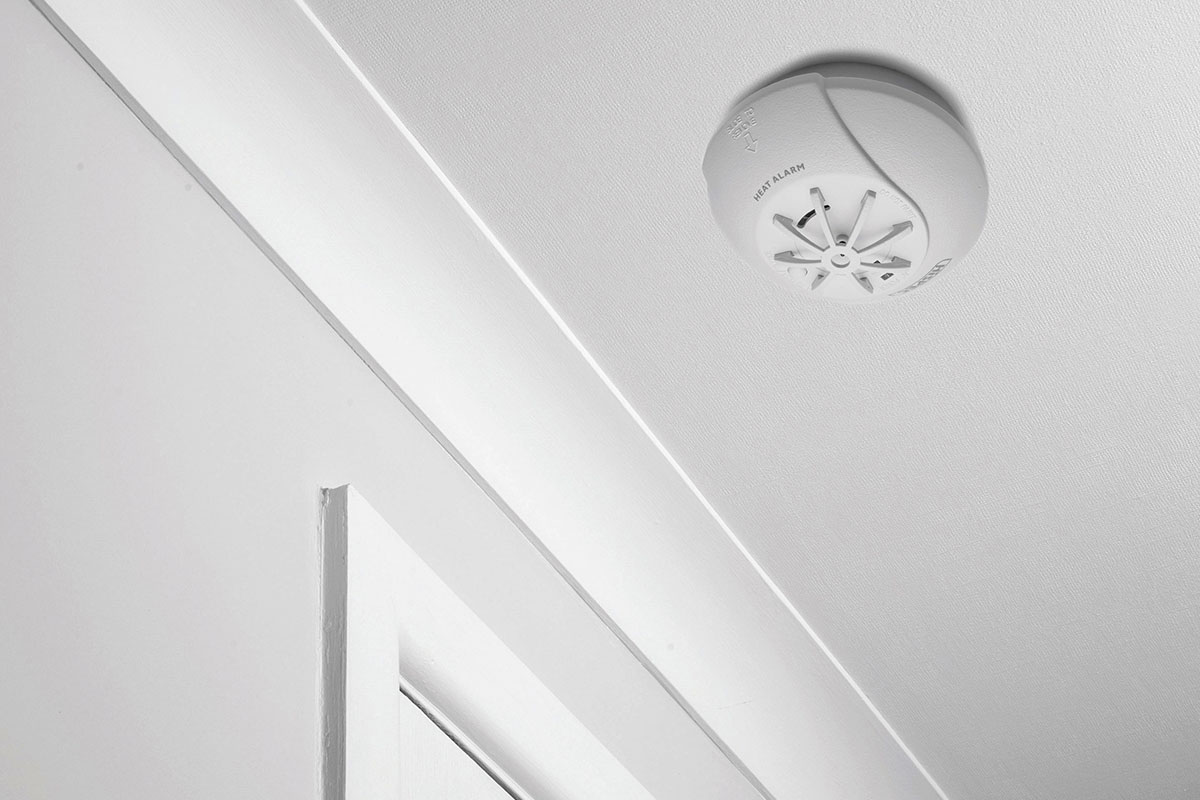You are viewing 1 of your 1 free articles
Grenfell survivors ask judge to rule on cladding compliance
Survivors of the Grenfell Tower fire have asked the judge leading the inquiry to rule on whether cladding materials used on the tower complied with building regulations.
A lawyer representing survivors and the bereaved argued at the inquiry into the fire that the materials did not meet building regulations, and that the matter ought to be resolved as soon as possible.
The provider of the material, however, made an unscheduled statement to insist that the material itself was not in breach of building regulations.
Yesterday morning, Stephanie Barwise, a lawyer representing survivors and the bereaved, argued that the material, aluminium composite material (ACM) with a polyethylene (PE) core, was not compliant with building regulations.
Ms Barwise said: “We and the government... regard it as clear that on its proper interpretation, Approved Document B part 4 of the regulations paragraphs 12.5 and 12.7, require the core of the panels to also be of limited combustibility on a building over 18 metres tall, and we would expect some other core participants may take the same view.
“The aluminium composite panel, Reynobond PE, manufactured by Arconic, is not a material of limited combustibility, as is apparent from the original and subsequent British Board of Agrément certificate, issued in respect of it.”
Ms Barwise acknowledged that this point has been disputed since the fire, and asked Sir Martin Moore-Bick, the judge leading the inquiry, to “declare the obvious as soon as possible”.
Stephen Hockman, representing Arconic, made an unscheduled statement yesterday afternoon in response to these comments.
He said: “The use of materials that were not of limited combustibility did not in itself give rise to the breach of the regime. To establish such a breach would involve considering a much wider range of factors.”
Mr Hockman’s statement leaves open the question of whether the materials themselves complied with Approved Document B, the government’s official guidance on meeting building regulations.
The government has put forward the same argument as Ms Barwise, but cladding manufacturers have claimed that they were following a different interpretation of Approved Document B.
Under this interpretation, the core of cladding panels would only be required to be Class 0, a less stringent requirement.
Inside Housing reported earlier this week that Sir Ken Knight, who is leading the government’s independent panel on fire safety, signed a certificate in March 2012 which matched the manufacturers’ interpretation.











